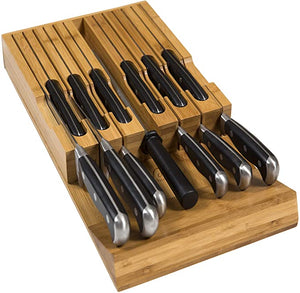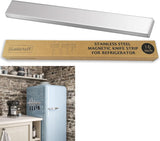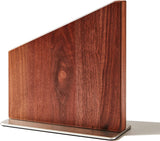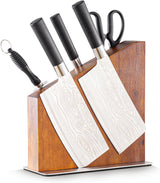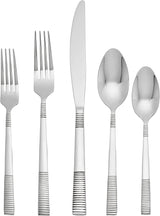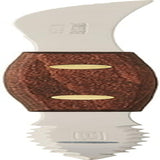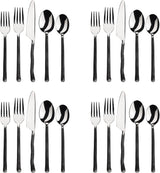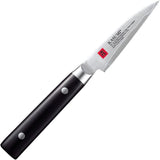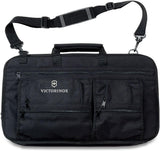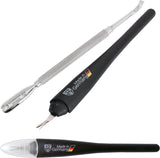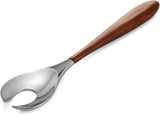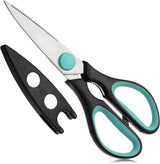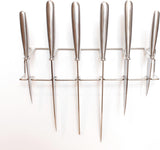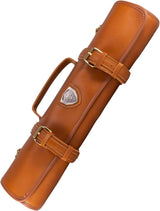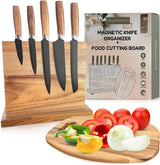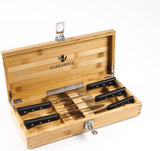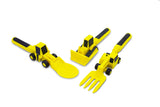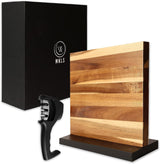As a kitchen professional, having a collection of unique and high-quality knives is paramount. But have you ever considered crafting your own knife? The idea might seem daunting, but with the right materials and guidance, you can create a one-of-a-kind tool. In this guide, we will explore how to make a knife from an old saw blade, tapping into a creative process that combines practicality with skill.
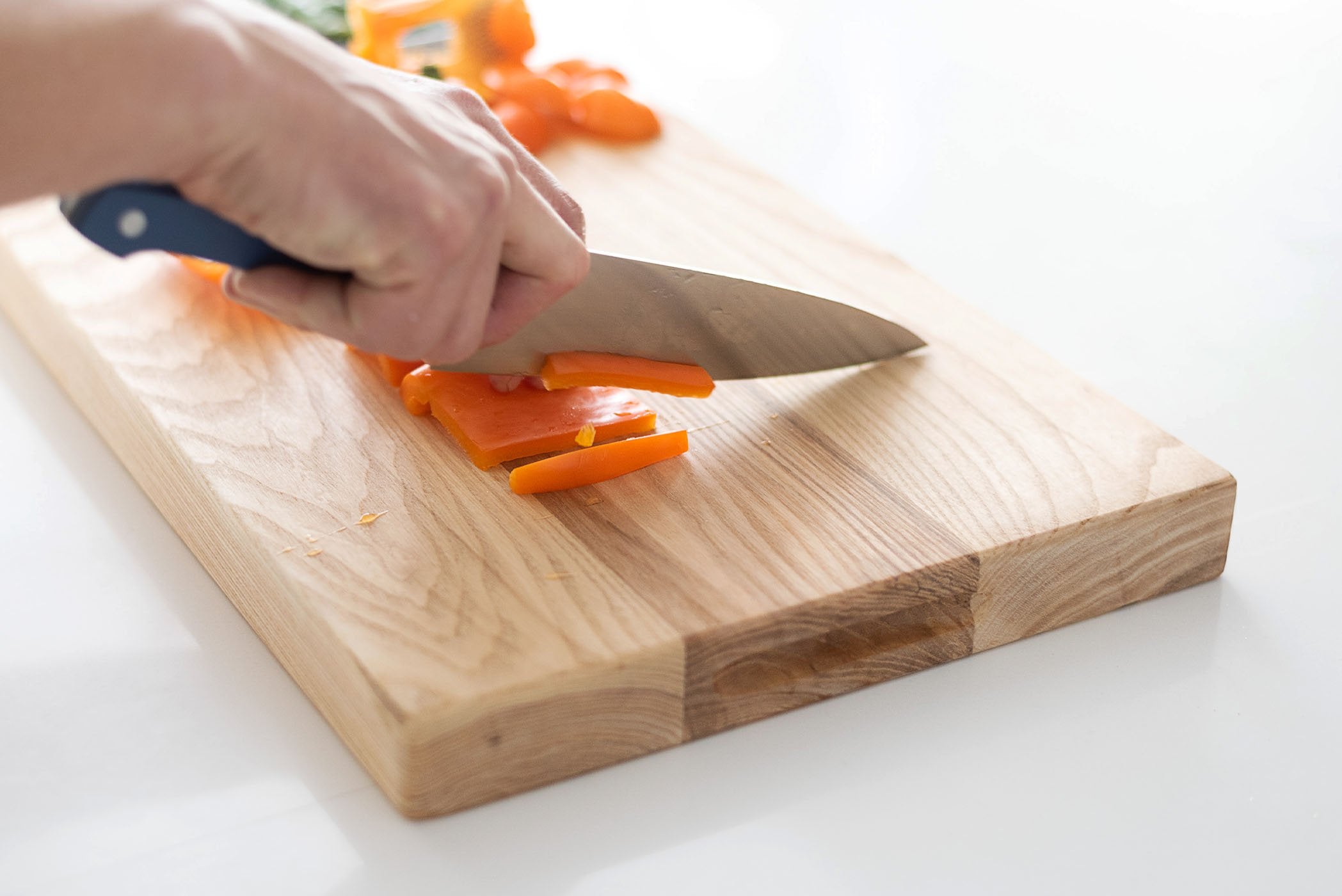
Why Use an Old Saw Blade?
Old saw blades are typically made from high-carbon steel, a material ideal for knife-making due to its durability and ability to hold a sharp edge. Rather than discarding these potential treasures, you can repurpose them into knives suitable for various kitchen tasks. Transforming such easily overlooked materials not only gives you a sense of accomplishment but also aligns with sustainable practices. If you're new to knife maintenance, check out this guide on polishing a knife blade to keep your tools in top shape.
Materials and Tools Required
Before diving into the crafting process, gathering the right materials and tools is essential. Here's what you'll need:
- Old saw blade: Ensure it's in adequate condition without excessive rust.
- Grinder or metal file: For shaping and sharpening the blade.
- Drill: To create holes for the handle attachment.
- Safety gear: Such as gloves, goggles, and a dust mask.
- Handle material: This could be wood, G10, or stabilized materials for durability.
- Screws or rivets: For securing the handle.
For kitchen professionals familiar with complex tasks, the above materials are readily accessible. When planning, consult reliable resources like Wikipedia's insight on chef knives for inspiration on designs and styles that work best in a culinary environment.
Steps to Craft Your Knife
1. Designing the Knife
Begin by deciding on the knife's shape and size. Sketch the outline on paper or directly onto the saw blade with a marker. Consider the knife's intended use in the kitchen - whether for precise peeling or robust chopping, this will guide the blade's dimensions and handle ergonomics.
2. Shaping the Blade
Shape the metal using a grinder or file, following your sketched outline. Be meticulous, as even minor imperfections can affect performance. Maintain consistent pressure and keep the blade cool to prevent warping - periodic water-cooling during the process is advisable. Once shaped, refining the edge is crucial. Investigate different sharpening techniques, like those recommended by Good Housekeeping's guide for a razor-sharp finish.
3. Attaching the Handle
Select your handle material and design based on comfort and functionality. Ensure the material is properly shaped and smoothed for a comfortable grip. Drill holes in the tang and handle, aligning them carefully. Secure the handle with screws, rivets, or strong adhesives, and finish by sanding down any rough edges.
Caring for Your New Knife
Regular maintenance is key to longevity. Always hand wash your knife and sharpen it as needed, employing layered techniques for precision. For comprehensive tips, explore Allrecipes article on how to sharpen a knife. Additionally, to keep your knife looking great, learn how to properly clean a knife with WikiHow's informative piece.
Conclusion
Creating a knife from an old saw blade is not just about recycling materials; it is an invitation to innovate and personalize. The process hones skills valuable to any culinary professional, embedding a unique narrative within each crafted knife.
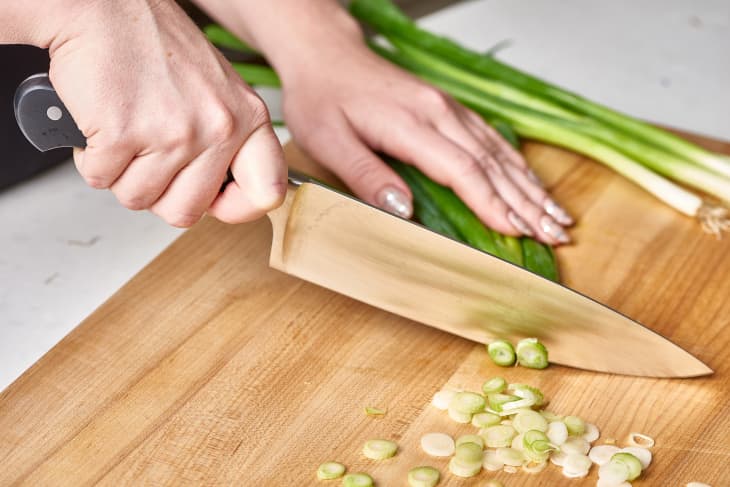
FAQ
1. Can I make a knife if I'm not experienced in metalwork?
Yes, with patience and adherence to safety guidelines, even beginners can embark on this project. Start with simpler designs and build up complexity as you gain confidence and skill.
2. How do I maintain the sharpness of my handmade knife?
Regular honing and sporadic sharpening will keep your blade in top condition. Using a honing rod daily can enhance longevity, while professional services or a proper sharpening stone can reinvigorate dulled edges.
3. Is it safe to use homemade knives in professional kitchens?
As long as the knife is crafted with quality materials and attention to safety and functionality, it can be used in professional environments. Ensure that it meets your personal standards and sanitation protocols.
This article contains affiliate links. We may earn a commission at no extra cost to you.
